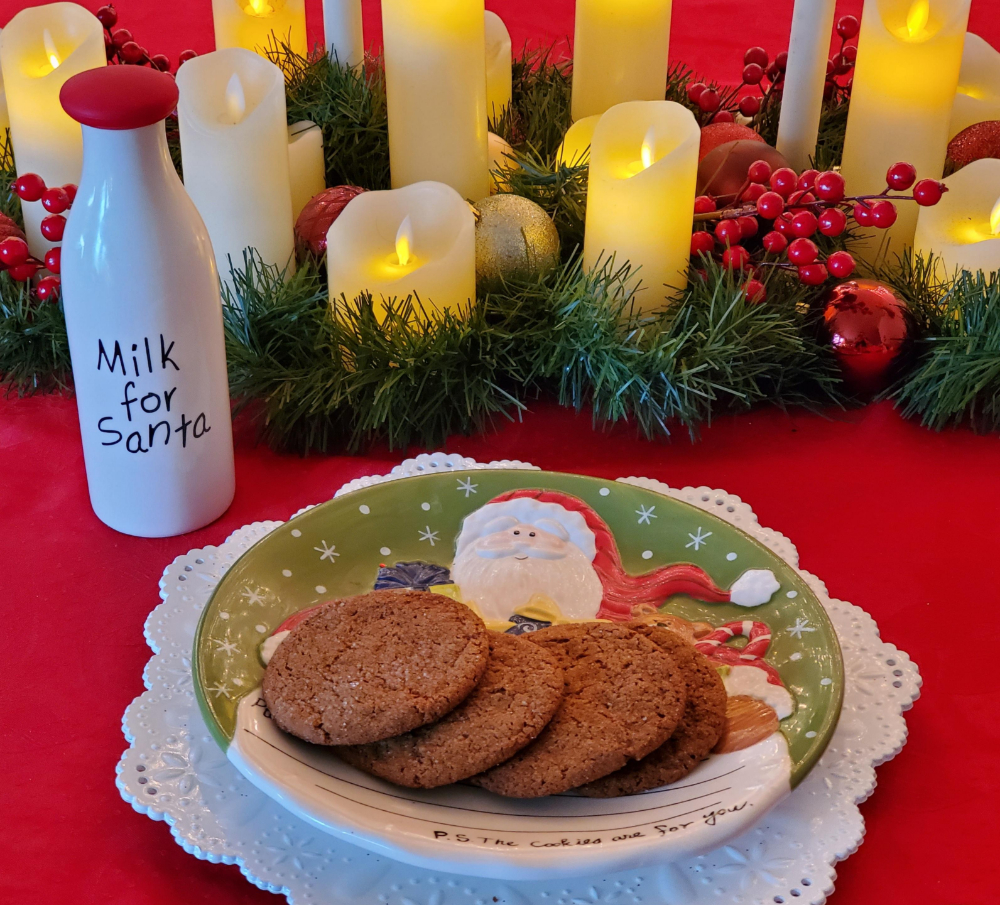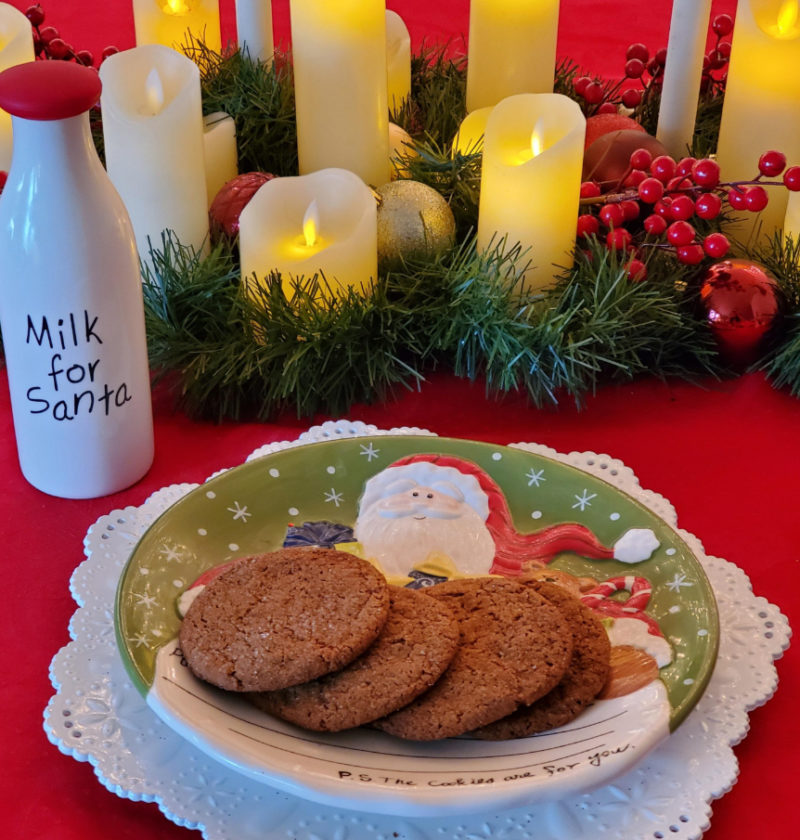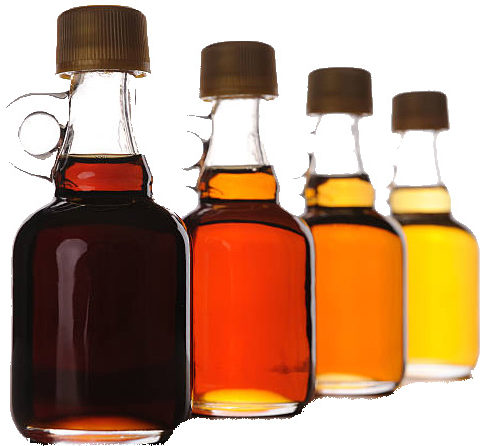I have many memories of my grandparents, their home, and farm-to-table life. It is where I spent most weekends and summers, where I learned to cook, and where I experienced quite a few life lessons…including how to make sugar cane syrup.
If you’ve never seen the making of cane syrup, it’s not an easy task. Months of growing give way to hours of grueling labor. You have to strip the leaves off the hundreds of canes, let them stand a few days, and then cut the canes – usually by hand with a machete – before transporting it to the mill area. Then you grind, and boil, and do all of the other things necessary to reduce it to that wonderful, rich syrup…and that is where our story begins.
For months I had run barefoot through my grandpa’s sugar cane field, my imagination turning the tall bamboo-like stalks into forests filled with dragons and fairytale creatures of all kinds. I would sneak off with a book and a Coke, my short Peppermint Patty hairdo swishing in the light breeze, and read for hours in the shady field. It was my own personal paradise, so you can imagine my displeasure when I arrived one day to discover that my grandparents were preparing to chop down my playground!
As my grandfather gathered up the supplies needed to start the initial burn, he explained how field burning helped make harvest easier by removing the non-sugar producing parts of the plants. He even offered to let me be the one to light the field – sort of like the torch-bearer in the Olympics. That is where the aforementioned life lesson came into play.
As I raised the dried cane stalk from the fire, I – and my grandfather – had overlooked the fact that it was the late ‘80s and those Peppermint Patty bangs were the product of a nearly full can of AquaNet hairspray.
I think Pawpaw must have realized it about two seconds before I lifted the burning torch into the air, but by then it was too late. My bangs exploded with a sound something akin to the whoosh of a fireball coming out of the end of a roman candle on the Fourth of July.
As I stood there, my giant puff reduced to minuscule singed twigs and my face more reminiscent of Pig Pen than Peppermint Patty, my grandfather tried his best not to laugh. He failed.
Despite the trauma of losing nearly half my hair that week, I had a wonderful time and learned a great deal about syrup, sugar, and all of the wonderful products that come from sugar cane.
You can buy cane sugars, syrups, and other products in your local grocery, at festivals, and at farmer’s markets across the country. Iberia, Louisiana has an annual Sugar Cane Festival filled with Zydeco Music, and all things cane (https://www.iberiatravel.com/events/louisiana-sugar-cane-festival).
Google “molasses festival” and dozens of cities can be found celebrating this dark, bittersweet treat responsible for that signature flavor in many of our holiday bakes.
If you would like to try making syrup or molasses yourself, The Survival Gardener (http://www.thesurvivalgardener.com/how-to-make-cane-syrup-at-home-without-2/) gives instructions on how to make it without the use of a cane press. More interested in cooking than growing? Check out www.crosbys.com and see all of the mouthwatering foods that can be made from molasses.
The Sugar Association even has a blog on farm-to-table sugar production that gives a good look at the entire sugar-making process. (sugar.com)
Regardless of where your sugar-based interests lie, it is always a good idea to know where your food comes from and how it is produced, so sit back, grab a gingersnap or two, and explore the sweet world of sugar cane!





